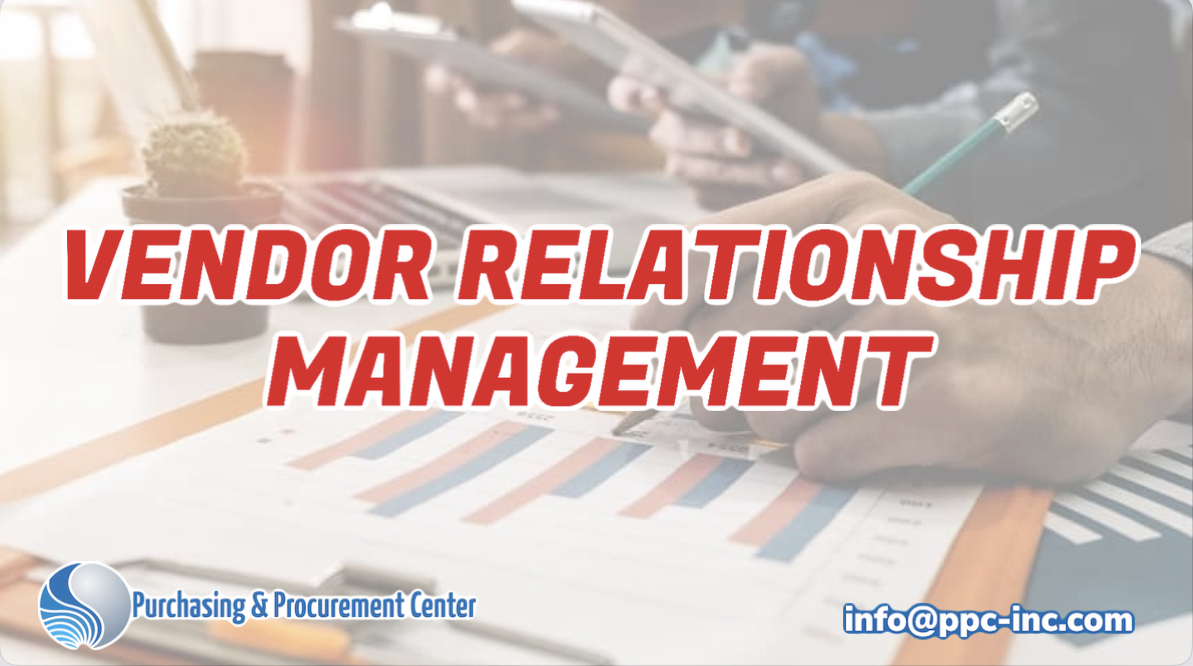
Vendor Relationship Management
Vendor Relationship Management or VRM as it is often called is a set of tools, software and services that help companies manage their vendor relationships. One major advantage of Vendor Relationship Management is that the purchasing company has control of the process and more importantly the information that results from the interactions.
Many vendor companies use Customer Relationship Management (CRM) software and tools to manage the purchasing processes. During this process the large vendors collect $millions of customer information that they mine for marketing and advertising purposes.
The purpose of CRM is to increase the value of a customer by cross-selling, up-selling, improving retention and thus reducing overall customer management costs.
With VRM, they will not be able to do this – so losing the business advantage and consequentially increasing the costs of servicing customers.
Purchasers on the other hand want to reduce purchasing costs, increase their vendor benefits and reduce the prices of the products purchased. This seems to point to the purchaser controlling the process via VRM.
Vendor Relationship Management came to the fore with ProjectVRM, a research and development project from The Berkman Center for Internet & Society. It was created in 2006 by Doc Searls, a fellow of Berkman.
Vendor Relationship Management is based on the core belief that "free customers are more valuable than captive ones".(1) It aims to encourage purchasers to be free from the control of vendors.
Doc Searls appears to be the main promoter of VRM but there are several detractors that do not believe that it will happen or work. The main obstacle seems to be persuading vendors to:
- Give up the benefits of their saved data, thus allowing purchasers to benefit from the marketing advantages they previously owned.
- Introduce the processes and systems required to instigate VRM with multiple customers.
- Allow purchasers to manage their own processes.
- Implement the extra security features that would be required.
Many people think that Vendor Relationship Management is the future, the first tools were only released in 2009, and there are few current adopters in the business marketplace.
CRM is firmly entrenched as the main method of managing the processing interaction between vendor and purchaser. Will vendors give up their advantage and change their expensive tools? Only time will tell.
(1)http://cyber.law.harvard.edu/research/projectvrm
Return from Vendor Relationship Management to Vendor Management
Return from Vendor Relationship Management to Purchasing Procurement Center Homepage
